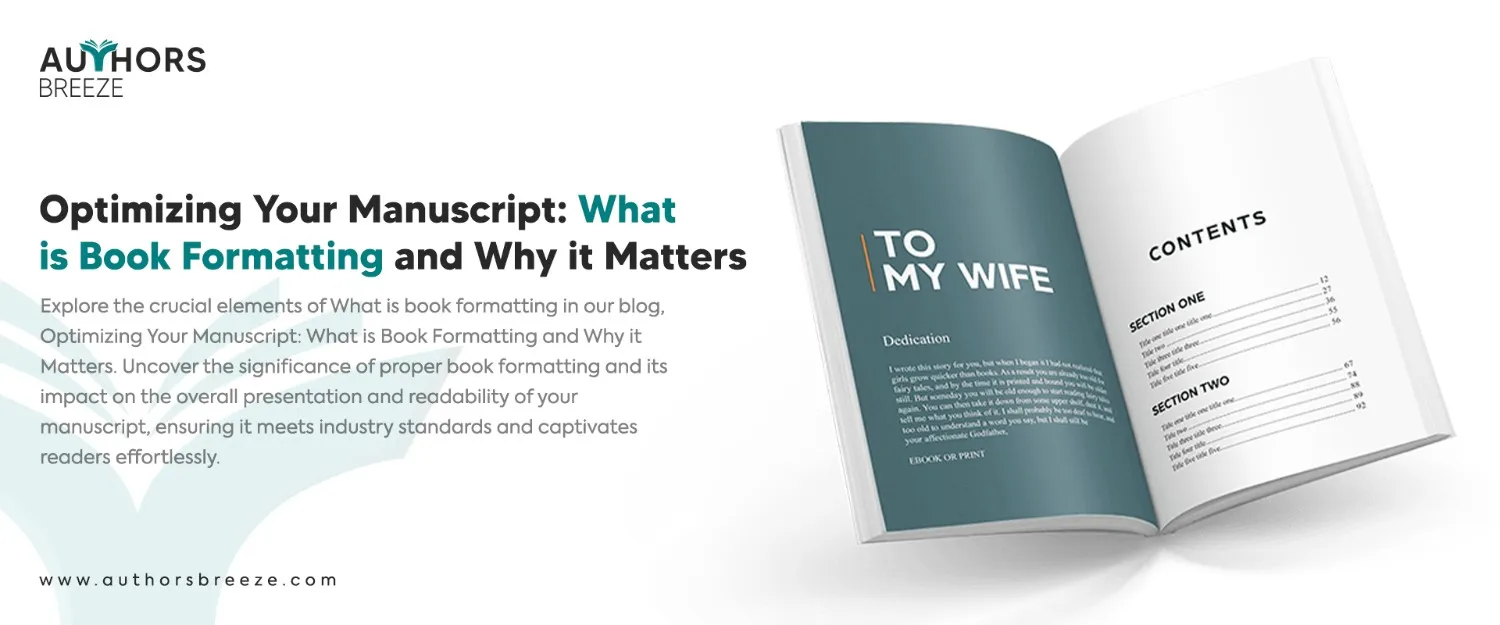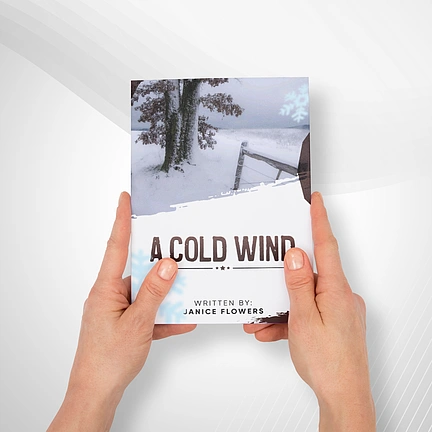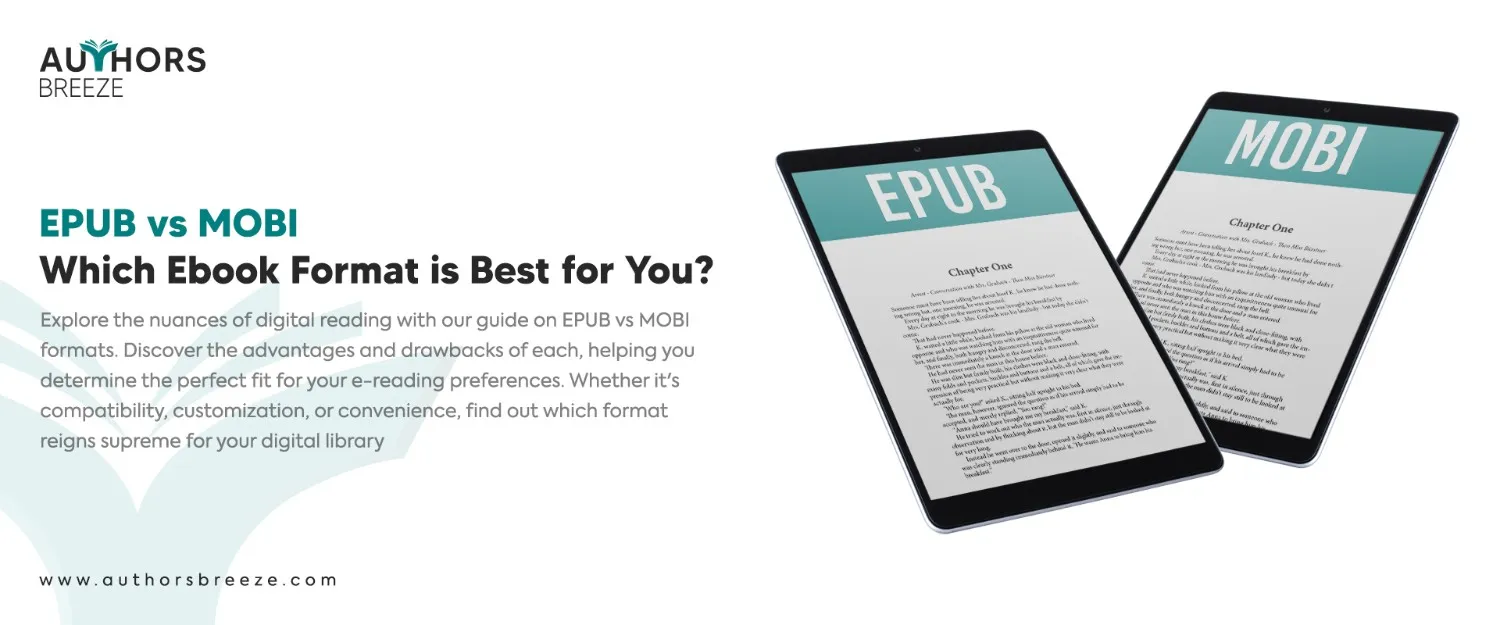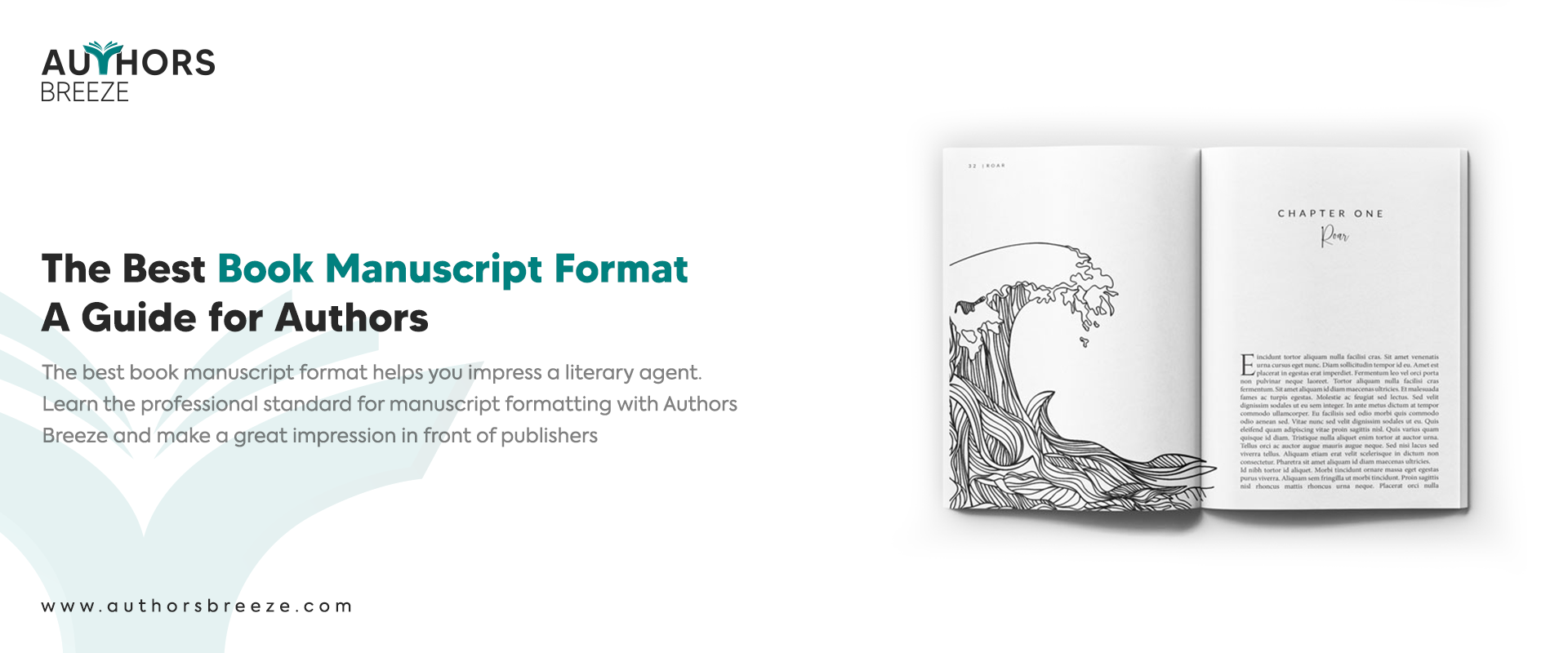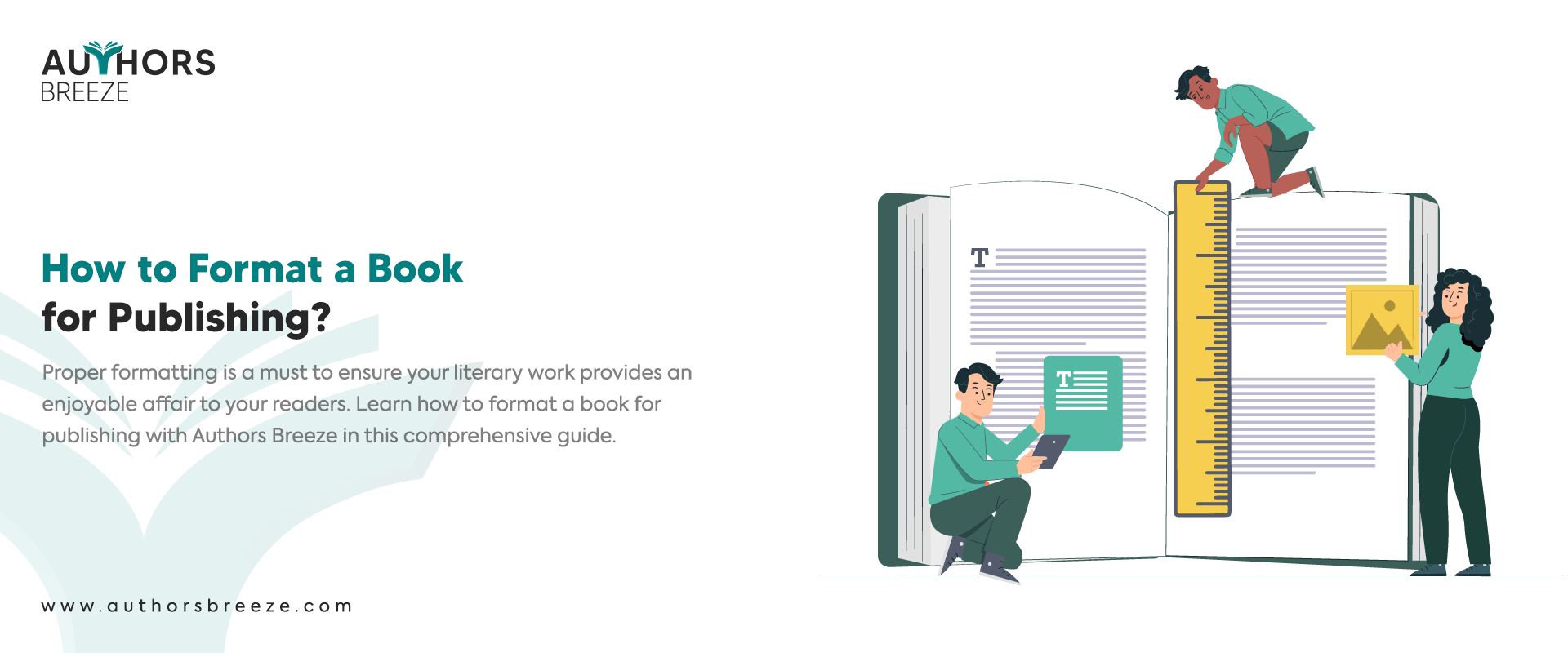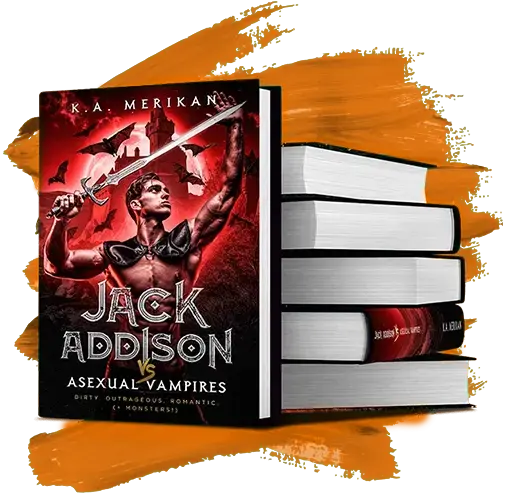Key Takeaways: Book Formatting
- Book formatting focuses on both interior and exterior design to enhance readability and aesthetic appeal.
- Proper formatting significantly improves the reading experience and makes texts accessible and engaging.
- High-quality formatting reflects the author’s professionalism and increases credibility and market appeal.
- You can self-format or hire experts, balancing cost against quality and control.
- You can utilize tools such as Adobe InDesign and Microsoft Word, emphasizing consistency, typography, and layout design.
Make Your Book Shine
Looking for some expert help with your book formatting? We are here to help. Our team offers professional formatting services to make your book look its best.
When we talk about writing a book, there is something essential. Writers often do not give it as much attention as the story itself. It is called book formatting. It is what makes the book look good and easy to read.
Book formatting includes:
- Choosing the right size for the text.
- Ensuring there’s enough space between the lines.
- Deciding where to put pictures or chapters.
This is super important for both the books you hold in your hand and the ebooks you read on your phone or tablet. Good formatting makes a book more enjoyable to read. Authors who choose to publish their books themselves (self-publishing authors) should know “What is book formatting.” It can make their book stand out in a crowded place, such as a bookstore or an online shop.
What is Book Formatting?
Book formatting is a means to arrange the parts of a book so that it is easy to read and looks nice. This is true for all kinds of books, whether they are the kind you hold in your hands (print books) or the kind you read on a screen (digital books).
When we talk about formatting a book, we are talking about two main areas:
- The inside of the book.
- The outside of the book.
Interior Formatting
The inside of a book is full of words, maybe some pictures, and it is where the story lives. Interior manuscript formatting is about making this area look its best. Here is what it includes:
Layout
Book layout design is how the pages are set up. It is about deciding how much space there should be on the page around the words (these spaces are called margins) and how the words should be arranged.
Typography
This is about the letters themselves. It includes choosing the type of font (which is the style of the letters), the size of the letters, and whether some words should be in bold or italics.
Spacing
This refers to how much room there is between lines of text, between paragraphs, and even between letters. The right amount of spacing makes a book easier to read.
Chapters and Sections
Formatting also involves deciding how to start new chapters or sections, like whether to start them on a new page and what kind of headings or numbers to use.
Exterior Formatting
The outside of a book is the first thing people see. It is like the cover of a music album or the poster for a movie. Exterior formatting includes:
Cover Design
This is about creating a book cover that looks good and tells readers a little about what the book is about. It includes choosing colors, images, and fonts for the title of the book and the name of the author.
Back Cover
For print books, the back cover is also important. It often includes a summary of the book, a few words about the author, and sometimes reviews or endorsements. The way this information is arranged and presented is part of exterior formatting.
Spine
Book spine is the part of the book that faces outward when it is on a shelf. The title of the book, the name of the author, and sometimes the logo of the publisher or the series name of the book are placed here. The book spine design is crucial because it needs to be readable and attractive, even though it is a small space.
The Components of Book Formatting
You should keep the components of formatting and the best format to write a book in mind. In book formatting, things that matter the most are:
- The fonts you use.
- Space you leave on the page.
- Where you put things like page numbers.
Let’s break down these important parts:
Typography and Fonts
Use different fonts for different parts of your book. The right font can make your book easy to read and give it a certain feeling, such as serious for a history book or fun for a children’s book. But, if the letters are too small or too fancy, it can be hard for readers to understand. This will make them not want to read your book.
Margins and Spacing
Margins are like the frame around a picture. They give the words on a page room to breathe. If the margins are too small, the page looks crowded. If they are too big, it feels like a waste of space. Spacing is about how much air there is between lines and paragraphs. If there is too much spacing, the book will be longer than it needs to be. If it is too little, it will be hard to read. Getting both just right makes the book comfortable to read and nice to look at.
Headers, Footers, and Page Numbers
Headers and footers are the little bits of information at the top or bottom of each page. They usually include the title of the book, the chapter name, and page numbers. These help readers know where they are in the book and how to find their way back to something they liked. Page numbers help you find your way and not get lost.
Images and Tables
Adding pictures or tables to a book can be tricky. They need to fit nicely on the page without messing up the spacing or the text. Sometimes, this means making the images or tables smaller or bigger or even moving them to a different spot. The goal is to make them add to the story or information without making the page look messy or confusing.
Chapters and Sections
Chapters and sections help break up the book into smaller parts. It makes it easier to read and understand. Starting new chapters on a new page, using bold titles, or even adding a little design can help readers know they are starting a new part of the story. It is all about making clear stops and starts so the reader does not get lost.
Make Every Word Count
Enhance the clarity and impact of your book. Opt for our book editing services and bring your writing to its polished perfection.
Why Book Formatting Matters?
Have you picked up a book that looks interesting, but once you open it, the words are all squished together, the chapters are hard to tell apart, and the pictures look like they’re playing hide and seek? You’d probably put it back down, right? That’s why book formatting is so important. Let’s dive into the reasons why it really matters.
Reader Experience
The way a book is formatted can make or break the reading experience. If the text is too small or the lines are too close together, it can be hard to read, especially for people who might have trouble seeing. If the chapters blend into each other without clear breaks, readers might get lost.
Good book manuscript format makes it easy and enjoyable to read. It keeps readers engaged from the first page to the last. It guides them through the story with ease. This makes sure they don’t stumble or get lost along the way.
Professionalism and Credibility
A well-formatted book looks professional. It shows that the author or publisher cared enough to polish and perfect every aspect of the book, not just the story inside. This attention to detail can make readers more likely to trust the author and take the book seriously. The way you present your book makes a big impression.
Compatibility Across Devices
These days, many people read books on electronic devices such as eReaders, tablets, and smartphones. A book that looks good on paper might not look the same on a screen if it is not formatted correctly. Text might flow off the screen, images might not appear correctly, and the overall layout can get messy.
The proper manuscript format of a book ensures that it can be read easily on any device. It provides a seamless experience for readers no matter how they choose to read.
Marketability
The look of a book can influence whether someone decides to buy it or not. A book that is well-formatted and looks appealing is more likely to catch the eyes of the readers, whether it’s on a physical bookstore shelf or an online store.
Good formatting can also help with book marketing and word-of-mouth recommendations. Think about it: if you read a book that was a joy to read because it was so well put together, wouldn’t you be more likely to recommend it to a friend?
Common Book Formatting Mistakes to Avoid
When writing and publishing a book, everything needs to be just right. But sometimes, mistakes can happen that make the book look a bit off. Here are some typical book formatting mistakes to watch out for:
Overuse of Fonts and Styles
If every sentence in a book has a different font or style, it would be like reading a sign where every letter is a different color. Too many fonts and styles can make a book hard to read and look messy. It is best to keep it simple, using just a couple of fonts:
- One for the main text.
- Another for titles or headings.
Ignoring White Space
White space gives readers a break and helps make the page look clean and easy to read. If a book does not have enough white space, it can feel cramped and overwhelming. Make sure to leave enough room around the text and between paragraphs to let the page “breathe.”
Inconsistent Formatting
Consistency is key in book formatting. If every chapter started in a different place on the page or the font size kept changing, it would be confusing and distracting. Keeping things consistent makes the book feel well-organized and professional, such as:
- Headings
- Margins
- Font sizes
Poor Image Quality
Pictures and images can add a lot to a book. However, only if they look good. Using images that are blurry or too small can make a book look unprofessional. Make sure any images in the book are clear and high quality, so they add to the story instead of taking away from it.
The Process of Book Formatting
Making a book look good, both inside and out, is a big job. You can do it yourself, or you can get a professional to do it. Here’s what you need to know about doing it yourself versus hiring a pro, the steps to make your book look great, and the tools that can help.
DIY Formatting vs. Professional Services
Doing It Yourself (DIY) Formatting
Pros
You save money. It is also a chance to learn something new. In addition, you can have complete control over how your book looks.
Cons
It can be time-consuming. Moreover, if you are not familiar with how to format a book, it might not look as professional. There is a steep learning curve to making everything look just right.
Professional Services
Pros
You get a team of book formatting experts who know exactly how to make your book look its best. This can save you a lot of time and ensure your book looks professional.
Cons
It can be expensive, and you might not have as much control over every little detail.
Basic Steps in Formatting a Book for Print and Ebooks
Let’s look at how formatting a book for print and ebooks can be done:
Choose Your Book Size
Decide how big you want your book to be. This affects how much text fits on each page.
Set Your Margins
Make sure there’s enough space around the edges of the page. This makes the book easier to read and looks nice.
Pick Your Font and Size
Choose a clear, easy-to-read font and a size that’s comfortable for reading.
Layout Your Pages
Decide where things like page numbers, headers, and footers will go.
Format Chapters and Sections
Make sure each chapter or section is clearly marked and starts in a consistent place, like a new page.
Add Images and Tables
Place any pictures or tables carefully, making sure they’re clear and don’t mess up your text layout.
Check Your Work
Go through your book carefully to make sure everything looks right, and there are no mistakes.
Software and Tools Recommended for Book Formatting
There are several book formatting tools out there that can help you format your book, whether you’re a beginner or more experienced.
Microsoft Word
Manuscript format Word is a good option for beginners. It’s not just for writing; you can also do basic formatting.
Adobe InDesign
Great for more complex layouts, especially for print books. It gives you lots of control but has a steeper learning curve.
Scrivener
Good for writing and basic formatting, especially for ebooks.
Vellum
It is a popular option for formatting ebooks and print books. However, it is only available for Mac users.
Calibre
Calibre is a free tool great for converting ebooks into different formats.
When Writing a Book, What Format Should I Use?
So, what is a book format you should select? The best format for writing a book depends on several factors, such as your personal preferences, the genre of the book, and the requirements of publishers or self-publishing platforms if you plan to self-publish your work.
- For traditional publishing, manuscripts should follow book formatting standards before submission to literary agents or publishers.
- If you’re self-publishing an ebook, the formatting can be a bit different, as it needs to be compatible with various eReaders.
FAQs
What is an example of a book format?
When preparing a manuscript, make sure to set the margins around each page to 1 inch (2.5cm). Use the Times New Roman font at a 12-point size for your text. Your writing should be double-spaced, and each new paragraph should start with an indentation of half an inch (1.25cm). At the top right corner of every page, add a header that includes your last name and the page number. Also, your manuscript should have a title page that displays the book's title and your contact information.
What does formatting mean in a book?
Book formatting is all about designing the inside layout. This includes choosing the type of font, setting indentations, managing scene breaks, styling chapter headings, adding illustrations (like the maps often found in fantasy books), and arranging other elements within the book. Essentially, interior formatting covers everything that makes the inside of the book visually appealing and easy to read.
What is the difference between book layout and formatting?
The difference between layout and formatting lies in their scope and detail. Layout pertains to the overall arrangement and organization of visual elements on a page. Formatting, on the other hand, delves into the specific attributes of those elements, such as font type, size, color, text alignment, spacing, and indentation.
How much does formatting a book cost?
Basic Formatting services generally start at a price range of $100 to $300. Standard Book Formatting, offering more thorough formatting for both ebooks and print versions, is priced between $400 and $800. Custom Formatting, which is tailored to complex books requiring specific, detailed formatting needs, can range from $800 to $1,500 or possibly more, depending on the particular requirements and intricacies involved.
Conclusion
So, now you know what is book formatting? It might seem like just another step in writing a book. However, it is actually a superhero in disguise! It can turn a good story into a great reading experience. The right book formatting makes a book easy and enjoyable to read. This makes readers happy and helps you sell more books. After all, people are more likely to buy and recommend books that look good and feel nice to read.
Turn Your Story into BestSeller
Don’t let your book get lost in the vast sea of the publishing world. Choose our book marketing services today and promote your book to reach readers in every corner of the globe!

